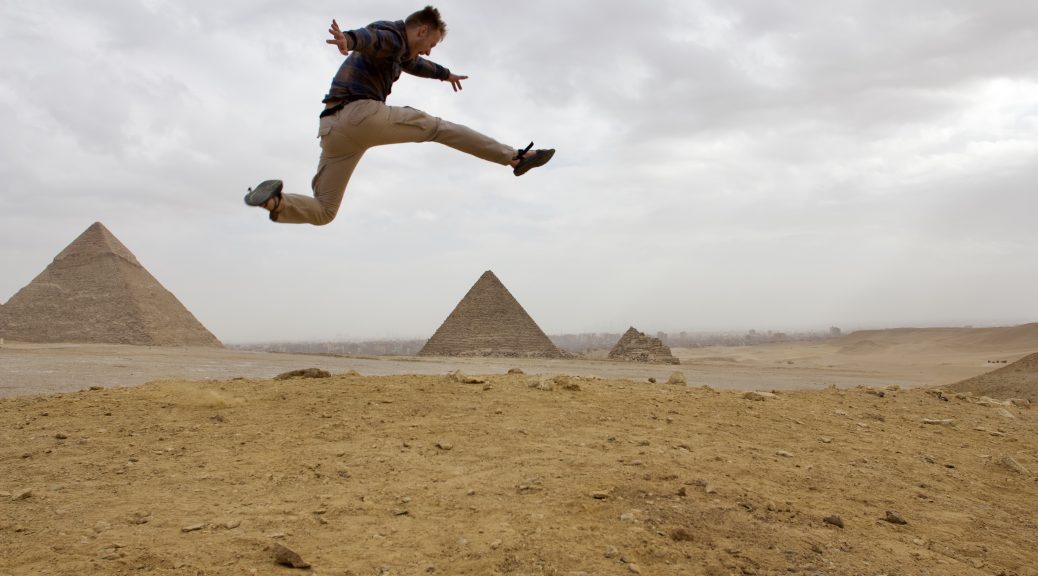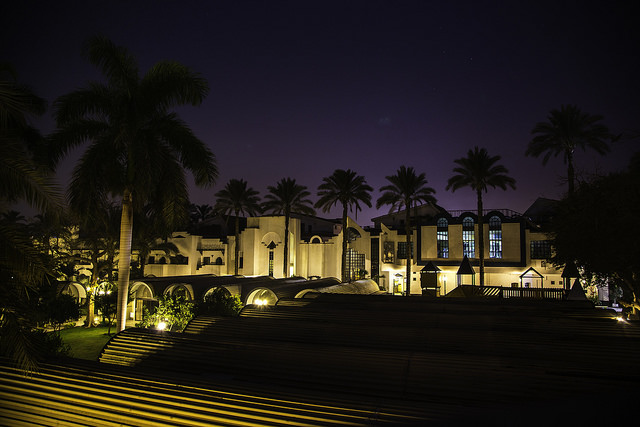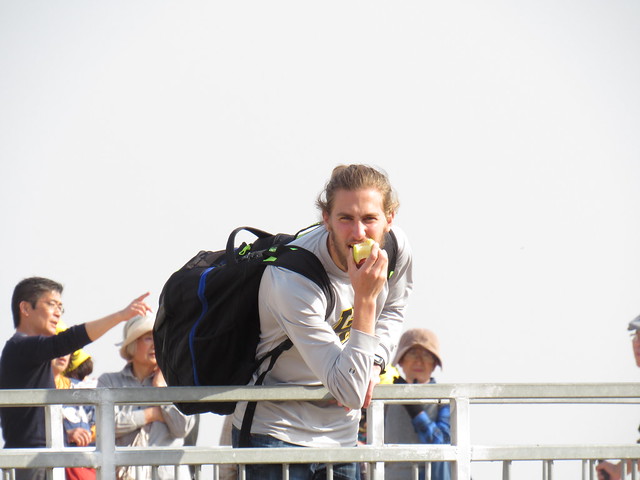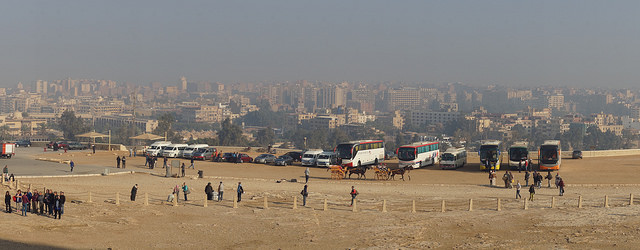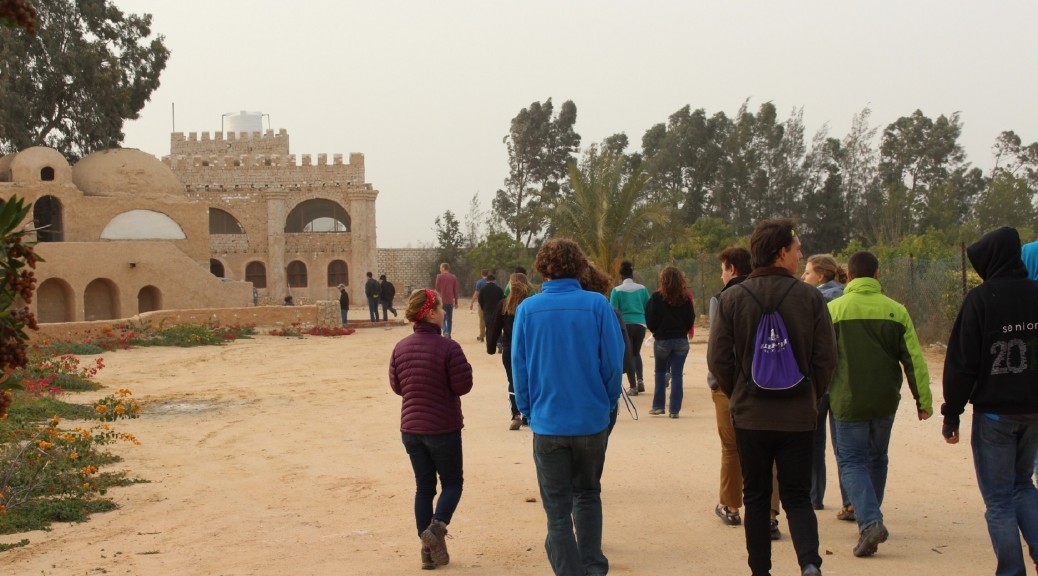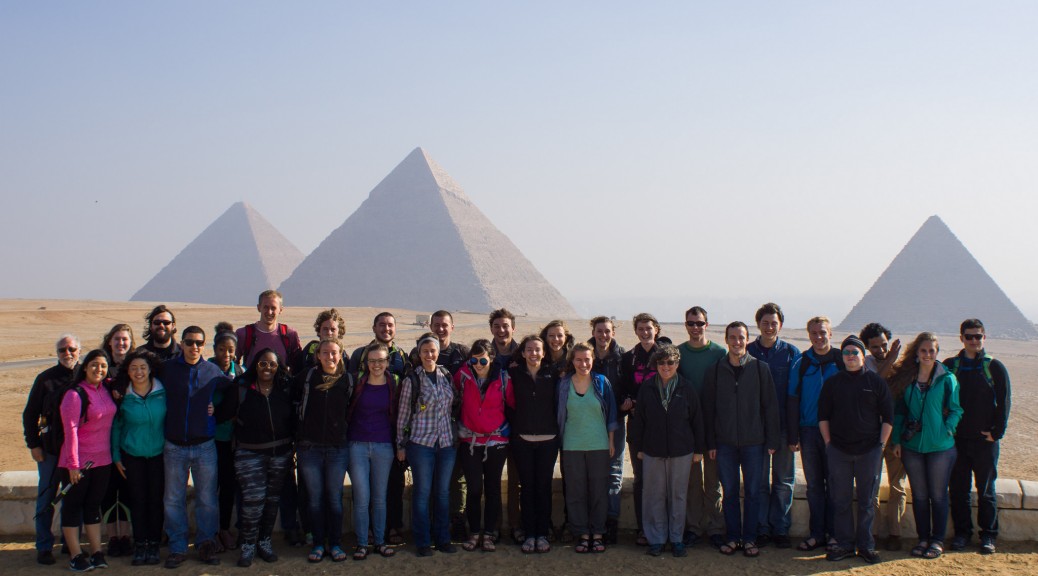Middle East: Egypt
Has it really only been a week? That's the question that comes to mind as I write these words in Anaphora, a compound about an hour's drive from Cairo. It's a beautifully serene place that offers us time and space to unwind and reflect.
Yes, only a week. Driving away from the farewell crowd at University … Continue Reading ››
